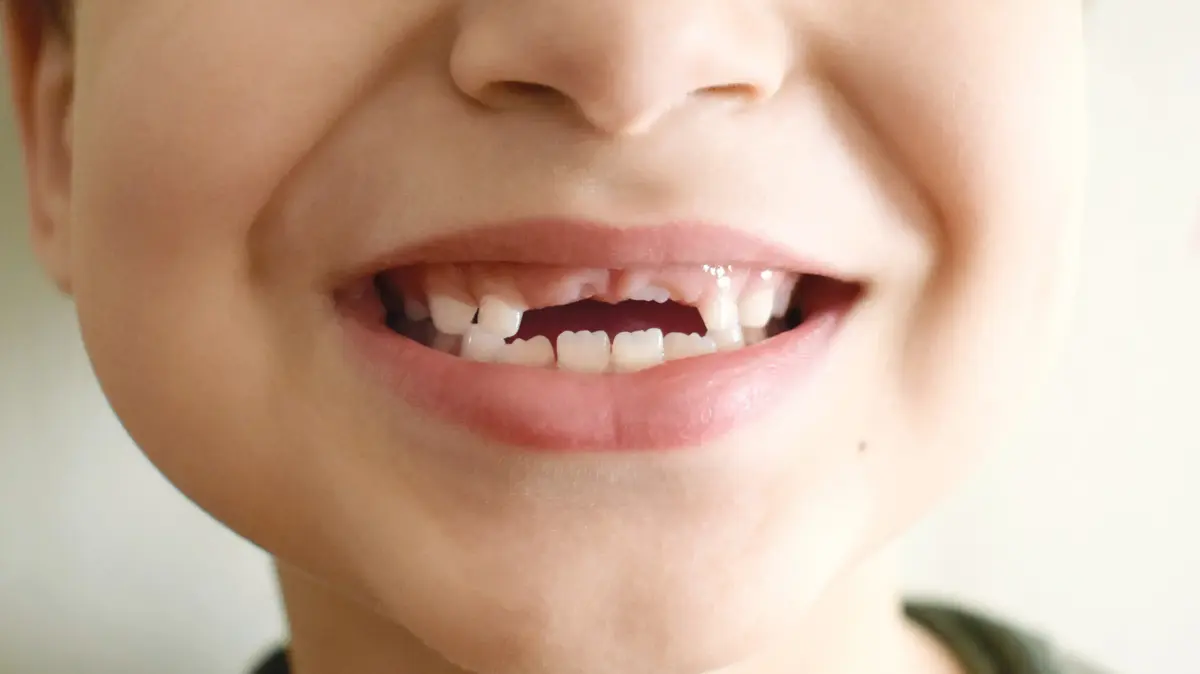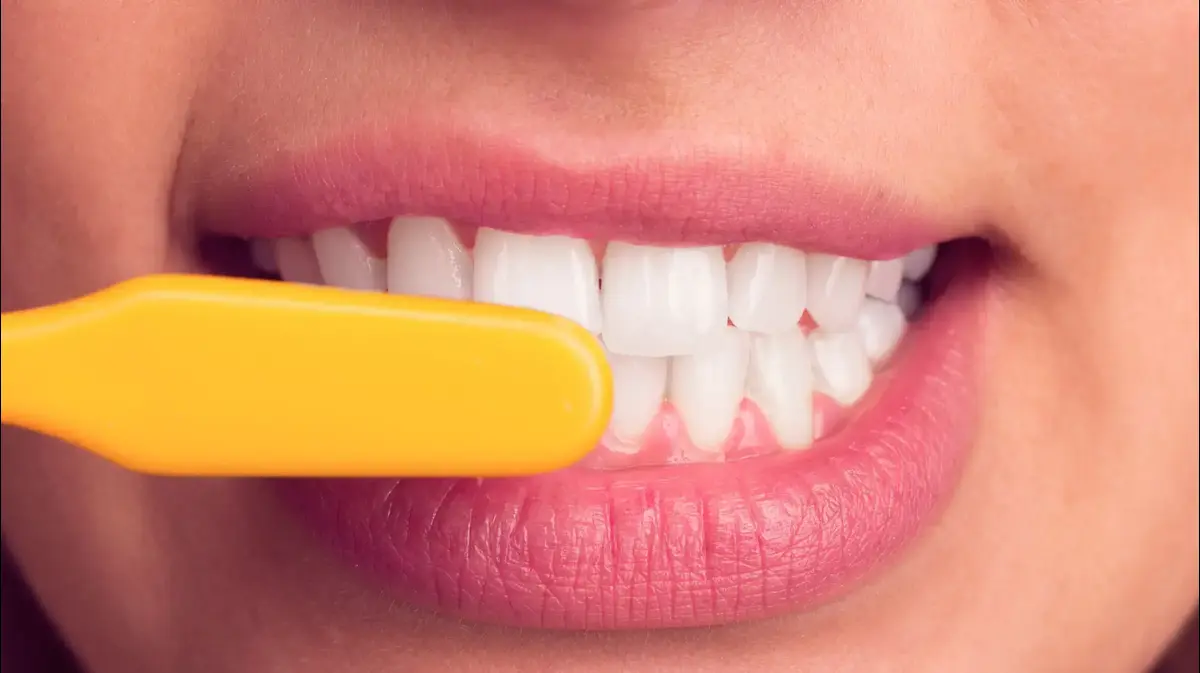The boy got hit in the teeth?
This is what you must do
1 in 3 children is likely to get a toothache in one way or another.
So when is it important to get to the dentist urgently, how to keep a permanent tooth that has fallen out and why is it important to bring it to the doctor?
An embarrassed teacher to worried parents
Dr. Shlomo Mizrahi
06/12/2021
Monday, 06 December 2021, 07:57 Updated: Tuesday, 07 December 2021, 07:02
Share on Facebook
Share on WhatsApp
Share on Twitter
Share on Email
Share on general
Comments
Comments
What parent does not know the story: the child arrives (yes, it's more boys) and tells that during a game he fell and received a blow to the mouth and teeth.
Most people around see blood and panic.
What to do?
How is a dentist now to examine the child?
Should we go to the pediatrician at the HMO clinic?
Or will we go to the emergency room?
More on Walla!
6 Different Types Of Toothaches And What They Say
To the full article
About 30 percent of children are expected to undergo some kind of dental injury.
Injuries to the primary teeth (deciduous teeth) are common between the ages of two and three as a result of falls, and injuries to the permanent tooth (which begins to erupt at age six-seven) peak at ages 12-9 as a result of falls or accidents during sports activities (cycling, rollerblading, scooter, etc.).
Dental injuries are often accompanied by damage to the soft tissues - gums, lips, tongue and cheeks, and sometimes need to be treated as well.
So what to do in case of tooth decay?
For any injury, it is recommended to consult a dentist, but dental injuries can be classified according to the urgency of the treatment:
• Pulling or rooting of a permanent tooth - an emergency situation that requires immediate treatment.
• A permanent tooth that "flies" out of place - should be kept in a glass with the child's saliva or milk and returned as soon as possible.
Returning the tooth within minutes significantly improves the chances of the tooth surviving, while a delay in following the instructions can cause irreversible damage.
In any case, consult a dentist immediately to fix the tooth, and check for the need for a tetanus vaccine.
Tooth ("milk" or permanent) tooth that "moves" out of place, tearing of a deciduous tooth (milk), or a large fracture in the crown - should be consulted as soon as possible (the same day) at the dentist, preferably with the tooth or broken part.
In other cases of injuries - the dentist should be examined, treated or followed up without immediate urgency.
With deciduous teeth it is simpler.
Child with missing teeth (Photo: ShutterStock)
In cases of deep cuts or suspected fractures of the facial bones - you should contact the oral and maxillofacial clinic at the hospital as soon as possible.
Also in a child with an injury or incision in the chin, check whether the teeth have been damaged and whether a fracture has occurred in the jaw joint.
It should be noted that due to the complexity of the treatment of dental injuries, Clalit Smile has initiated seminars for all its dentists dedicated to updating and refreshing the issue of dental injuries.
More on Walla!
Do you brush your teeth this way?
You're probably wrong
7 reasons you have blue marks on your feet
B-Cure Laser - Does It Really Help Eliminate Pain?
How do you distinguish between a "milky" tooth and a torn permanent tooth?
It can usually be identified by the age of the child and the length of the root: the teeth most prone to injury are the upper incisors.
Until the age of 6, these are deciduous teeth, and if they are torn off - they should not be returned.
An upper or lower incisor that has been torn off completely (with the root) in a child over the age of 7 - this is most likely a permanent tooth, and should be returned as soon as possible.
Due to the urgency of the treatment, a parent can put the tooth back in place with the help of professional telephone guidance.
Damaged deciduous teeth (as a result of tooth decay or old injury) can also damage the permanent teeth that come in place, and therefore require follow-up or treatment.
Prolonged follow-up by a dentist is needed (Photo: ShutterStock)
It is important to note that the more severe the injury, the longer the duration of treatment and follow-up.
In most cases, follow-up of about a year is recommended, but in a permanent tooth that has been torn out of place, follow-up for life is recommended.
How much does it cost?
For more than a decade, dental care for children up to the age of 18 has been included in the health basket, and this also includes dental care due to bruises for a nominal fee at the HMOs' dental clinics.
Currently, all children up to the age of 18 are entitled to receive most dental care as part of the health basket, for a nominal fee in direct contact with the HMO clinics, including basic treatments following dental injuries.
The basket committee is currently discussing an extension request to also include restorative care, such as a permanent crown or dental implant, thus addressing students who have been injured in the past and were waiting to receive treatment at the age of 18-17.
Dr. Shlomo Mizrahi is an expert in oral and maxillofacial surgery at Clalit Smile
health
parenthood
Child health
Tags
Teeth
Dentist
sabotage
Children









